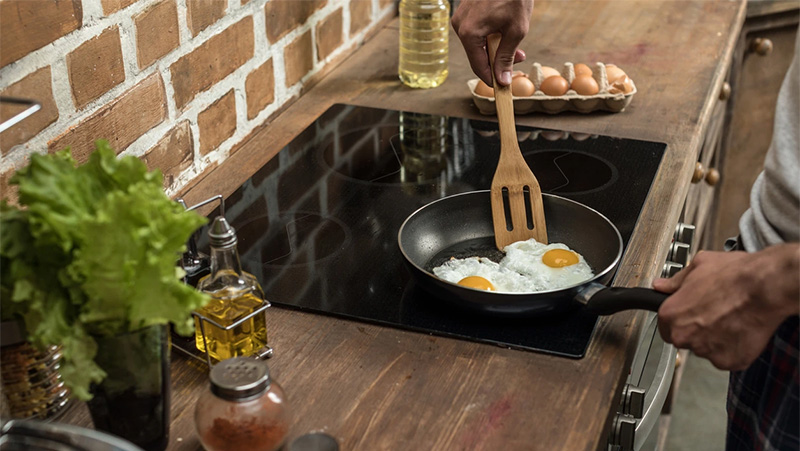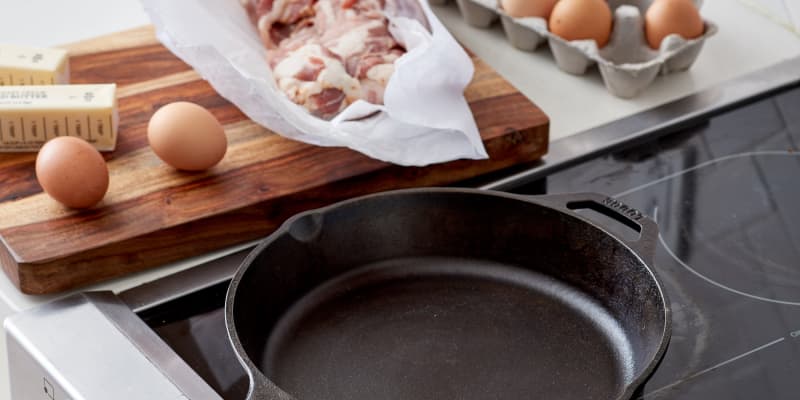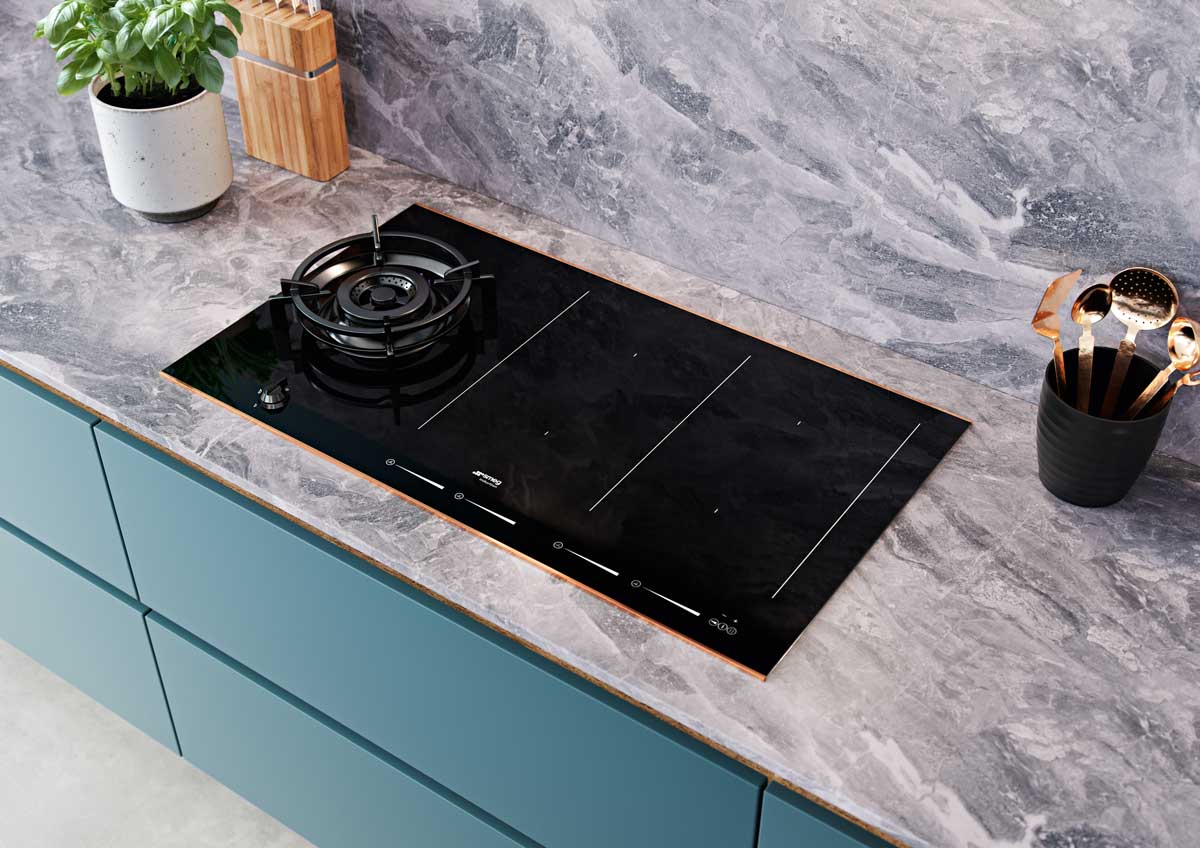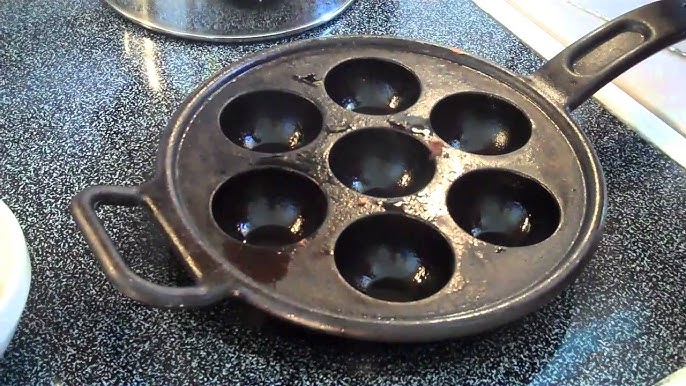In the world of modern cooking, the fusion of traditional cookware with advanced technology has become a game-changer. One such combination is the pairing of cast iron cookware with induction cooktops. For kitchen professionals, understanding how to harness the power of this duo can significantly elevate their culinary skills. This article delves into essential tips for using cast iron on induction, ensuring you make the most of your cooking experience.

Understanding Induction Cooking
Before diving into the tips, it is crucial to understand what induction cooking entails. Unlike traditional gas or electric stoves, induction cooktops use electromagnetic fields to heat cookware directly. This method provides rapid heating and precise temperature control, making it a popular choice among kitchen professionals.
The Compatibility of Cast Iron with Induction
One of the primary questions that arise is whether cast iron can be used on induction cooktops. The answer is a resounding yes! Cast iron is ferrous, meaning it contains iron, which is essential for induction cooking. The material's thickness and density also allow for even heat distribution, making it perfect for searing and slow cooking.
Tip 1: Ensure a Flat Surface
For optimal performance, the bottom of your cast iron pan should be flat. A flat surface ensures full contact with the cooktop, allowing for efficient energy transfer. If your cast iron has a warped bottom, it might not heat evenly, leading to inconsistent cooking results.
Tip 2: Preheat Gradually
Induction cooktops heat quickly, which can be both a boon and a bane. To prevent thermal shock and potential damage, it's advisable to preheat your cast iron gradually. Start with a low heat setting and slowly increase it to your desired level. This technique is especially crucial for dishes that require precise temperature control.
Tip 3: Use the Right Size
When using cast iron on an induction cooktop, ensure that the pan's size matches the cooktop burner. A mismatch in size can lead to uneven heating and energy wastage. Most induction cooktops have markings to guide you in selecting the appropriate pan size.
Maintaining Seasoning on Induction
One of the hallmarks of cast iron cookware is its natural non-stick surface, achieved through seasoning. To maintain this seasoning while using induction, avoid using high heat settings unnecessarily. Additionally, always ensure your pan is clean and dry before storing it. For more tips on maintaining seasoning, check out this guide on seasoning maintenance.
Tip 4: Avoid Sudden Temperature Changes
Just like gradual preheating, it's essential to avoid sudden temperature changes when cooking with cast iron. Rapid cooling can cause the pan to warp or crack. After cooking, let the pan cool naturally before cleaning or rinsing it with water.
Tip 5: Handle with Care
While cast iron is known for its durability, it still requires careful handling, especially on induction cooktops. Avoid dragging the pan across the surface to prevent scratches. Instead, lift the pan when moving it. This practice not only protects your cooktop but also ensures the longevity of your cookware.
Why Choose Cast Iron for Induction?
For those new to induction cooking, you might wonder why cast iron is a preferred choice. Its ability to retain heat makes it ideal for dishes that require consistent temperatures, such as stews and roasts. Furthermore, the versatility of cast iron allows for a variety of cooking techniques, from frying to baking.
Moreover, the natural seasoning of cast iron enhances the flavor of dishes, making them richer and more savory. This characteristic is particularly valued in professional kitchens, where taste is paramount.
Tip 6: Invest in Quality Cookware
Not all cast iron is created equal. Investing in high-quality cookware ensures better performance on induction cooktops. Brands like Lodge and Le Creuset offer durable pans that stand the test of time. For a deeper understanding of the best pans for induction, visit this comprehensive guide.
Tip 7: Clean and Store Properly
After cooking, cleaning your cast iron properly ensures its longevity. Use warm water and a brush to remove food residues. Avoid using soap, as it can strip away the seasoning. Once clean, dry the pan thoroughly and apply a thin layer of oil before storing it. This method protects the pan from rust and maintains its non-stick surface.
Common Challenges and Solutions
While cast iron and induction cooking are a powerful combination, they come with their set of challenges. One common issue is food sticking to the pan. To combat this, always preheat the pan before adding food and use enough oil to create a barrier. For more on preventing food from sticking, explore this helpful article.
Another challenge is the potential for surface discoloration on the pan. This issue often arises from high heat settings or improper cleaning techniques. Regular maintenance and careful use can minimize discoloration, ensuring your pan remains in top condition. For insights on managing discoloration, refer to this detailed guide.
Conclusion
Embracing the combination of cast iron and induction cooktops can revolutionize your cooking experience. By following these tips, kitchen professionals can unlock the full potential of their cookware, delivering dishes that are both flavorful and expertly prepared. For those looking to deepen their understanding of this dynamic duo, resources like Lodge Cast Iron's insights offer valuable information. With the right techniques and tools, the possibilities are endless.

FAQs
Does cast iron work with any induction cooktop?
Yes, as long as the induction cooktop supports ferrous materials, cast iron will work effectively.
How do I prevent my cast iron from sticking on induction?
Ensure your pan is well-seasoned and preheated before adding food. Additionally, use adequate oil to prevent sticking.
Can I use cast iron on high heat with induction?
While cast iron can withstand high heat, it's advisable to use moderate heat settings on induction cooktops to prevent damage and ensure even cooking.





Leave a comment
This site is protected by hCaptcha and the hCaptcha Privacy Policy and Terms of Service apply.